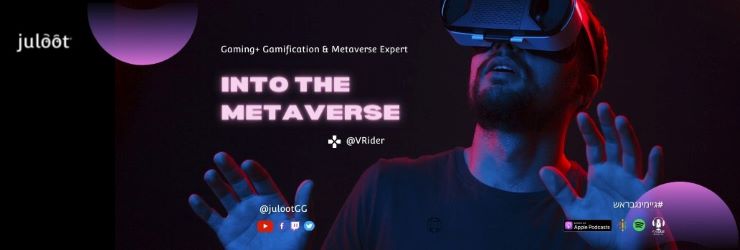I had the pleasure to meet in person Aaron E. Walsh, Grid Institute Founding Director, at the Second Life Education Community Convention (SLEDcc08). Aaron Walsh (aka MediaGridAaron Oh), Nicholas Nagel and Dr Darren Palmer (aka Sisprod Narnia) delivered an interesting Immersive Education Initiative workshop entitled: "Second Life in the Age of Immersive Education". They presented The Immersive Education Initiative (http://ImmersiveEducation.org/) and an in-depth overview of Second Life’s role as an Immersive Education platform. Following the workshop they invited us to take a tour at the Greenbush project on the Open Sim.
Tomorrow at the ViMenotors Academic workshop: Using Web3D for Higher Education at MEITAL , I'll present Immersive Education Initiative and mission among other cool stuff which is going on the Web3D for Education. I’m delighted to join and contribute to the Immersive Education Initiative and to the MediaGrid.org standards group.
 About Immersive Education
About Immersive Education
Immersive Education (ImmersiveEducation.org) combines interactive 3D graphics, commercial game and simulation technology, virtual reality, voice chat (Voice over IP/VoIP), Web cameras (webcams) and rich digital media with collaborative online course environments and classrooms. Immersive Education gives participants a sense of "being there" even when attending a class or training session in person isn't possible, practical, or desirable, which in turn provides educators and students with the ability to connect and communicate in a way that greatly enhances the learning experience. Unlike traditional computer-based learning systems, Immersive Education is designed to immerse and engage students in the same way that today's best video games grab and keep the attention of players. Immersive Education supports self-directed learning as well as collaborative group-based learning environments that can be delivered over the Internet or using fixed-media such as CD-ROM and DVD. Shorter mini-games and interactive lessons can be injected into larger bodies of course material to further heighten and enrich the Immersive Education experience.
About the Media Grid
The Media Grid is a public utility for digital media. Based on new and emerging distributed omputational grid technologies, the Media Grid builds upon existing Internet and Web standards to create a unique network optimized for digital media delivery, storage, and processing. As an on-demand public computing utility, a range of software programs and Web sites can use the Media Grid for delivery and storage of rich media content, media processing, and computing power. The Media Grid is an open and extensible platform that enables a wide range of applications not possible with the traditional Internet alone, including: Massive Media on Demand (MMoD); Interactive digital cinema on demand; Immersive Education and distance learning; Truly immersive multiplayer games and Virtual Reality (VR); Hollywood movie and film rendering, special effects, and composition; Real-time rendering of high resolution graphics; Real-time visualization of complex weather patterns; Real-time protein modeling and drug design; Telepresence, telemedicine, and telesurgery; Vehicle and aircraft design and simulation; Visualization of scientific and medical data.
On top: Aaron Walsh visited Greenbush Island to discuss Immersive Education and the Education Grid, on 15 of April 2008. Courtesy of GreenbushTV
 בקליפ: הדגמת העברת קוביות בין עולמות וירטואליים בעזרת מנוע לפיתוח משחקי המחשב 3dUnity
בקליפ: הדגמת העברת קוביות בין עולמות וירטואליים בעזרת מנוע לפיתוח משחקי המחשב 3dUnity
 About Immersive Education
About Immersive Education


